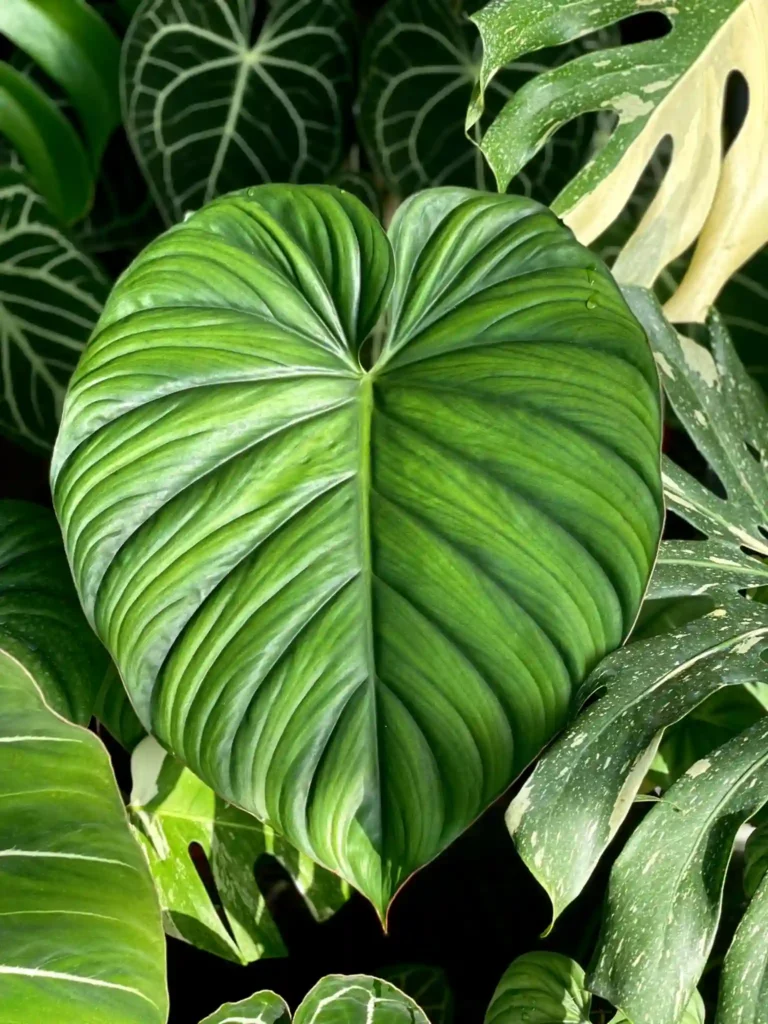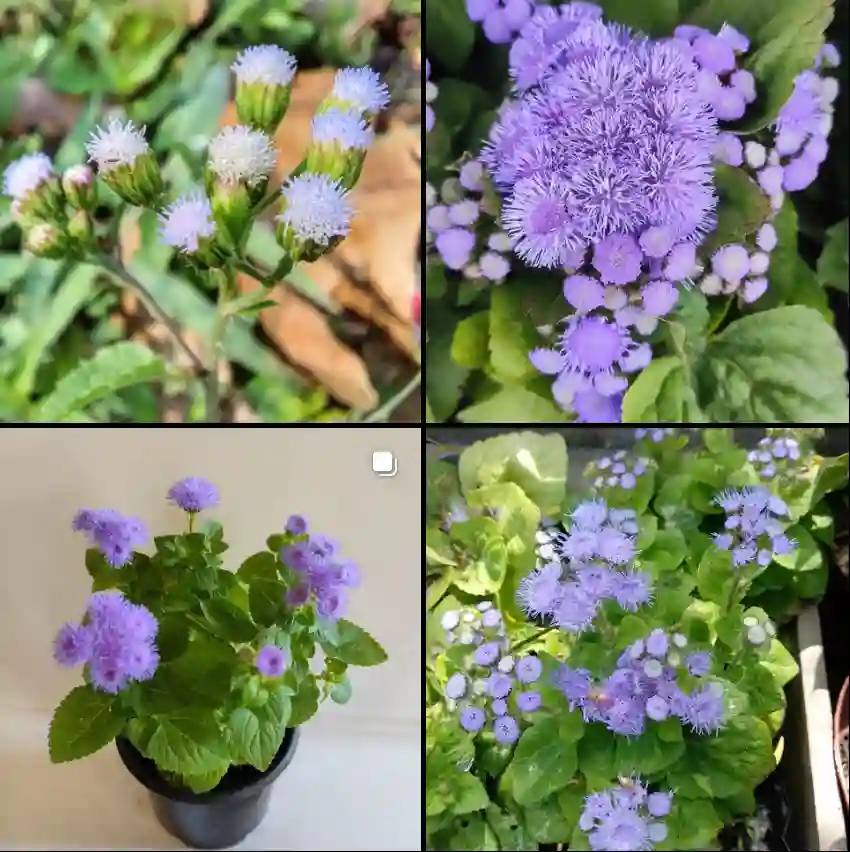Exploring the Linderniaceae Plant Family
As a plant enthusiast, I find myself constantly drawn to the diverse and fascinating families that populate our botanical world. One family that has recently captured my attention is Linderniaceae. This plant family is not as widely known as others, but it offers a unique array of genera and species that deserve exploration.
What is the Linderniaceae Family?
Linderniaceae is a relatively small family within the order Lamiales. It primarily comprises herbaceous plants and shrubs, often found in tropical and subtropical regions. These plants can thrive in a variety of habitats, including wetlands, woodlands, and even disturbed areas. The family showcases remarkable diversity in morphology, which intrigues me as I delve into their characteristics and adaptations.
Genera of the Linderniaceae Family
- Artanema D.Don
- Bampsia Lisowski & Mielcarek
- Bonnaya Link & Otto
- Catimbaua L.P.Félix, Christenh. & E.M.Almeida
- Craterostigma Hochst.
- Crepidorhopalon Eb.Fisch.
- Hartliella Eb.Fisch.
- Hemiarrhena Benth.
- Isabelcristinia L.P.Félix, Christenh. & E.M.Almeida
- Lindernia All.
- Linderniella Eb.Fisch., Schäferh. & Kai Müll.
- Micranthemum Michx.
- Picria Lour.
- Pierranthus Bonati
- Schizotorenia T.Yamaz.
- Scolophyllum T.Yamaz.
- Stemodiopsis Engl.
- Torenia L. – 69 Species in Genus Torenia – Wishbone Flower
- Vandellia L.
- Yamazakia W.R.Barker, Y.S.Liang & Wannan
Each of these genera contributes distinct features to the family, reflecting adaptations to their specific environments.
Fascinating Characteristics
One of the aspects I love about Linderniaceae is its rich variety of plant forms. For instance, Lindernia species often exhibit creeping or trailing growth habits, making them excellent ground covers. In contrast, Murdannia features upright stems and can reach significant heights. This diversity makes them appealing for various gardening applications.
Linderniaceae plants also showcase a variety of leaf shapes and sizes, from narrow, elongated leaves to broader, more rounded forms. This variation not only adds visual interest but also plays a crucial role in their adaptability to different environments. I’ve found that understanding these traits helps me appreciate their ecological roles better.
Ecological Significance
In my explorations, I’ve come to realize how vital Linderniaceae plants are within their ecosystems. Many species, particularly in the Heteranthera genus, are often found in wetland areas, where they help stabilize soil and provide habitat for wildlife. Their ability to thrive in aquatic environments makes them essential for maintaining the health of these ecosystems.
Additionally, these plants often support pollinators, which I find fascinating. The flowers of Linderniaceae species tend to be small and inconspicuous, yet they attract a variety of insects, including bees and butterflies. Observing these interactions in my garden has deepened my appreciation for the interconnectedness of life.
Cultivation and Uses
If you’re considering incorporating Linderniaceae into your own garden, you’re in for a treat. Many species are relatively easy to grow, given their adaptability to different soil types and moisture levels. I’ve successfully cultivated several Lindernia species in my garden, enjoying their resilience and low maintenance requirements.
Some Linderniaceae plants are also used in traditional medicine, particularly in regions where they are native. For instance, Bacopa, commonly known as Brahmi, is renowned for its cognitive-enhancing properties. I’ve personally experimented with Bacopa tea, finding it soothing and invigorating—a wonderful addition to my daily routine.
Challenges and Conservation
Despite their resilience, some species within the Linderniaceae family face challenges. Habitat loss due to urbanization and agricultural expansion poses a threat to their populations. As a plant lover, it’s disheartening to see such beautiful species in decline. I believe it’s essential for us to raise awareness about the importance of preserving these plants and their habitats.
In my efforts to support conservation, I try to educate others about the value of native plants, including those in the Linderniaceae family. By promoting their cultivation and understanding, we can contribute to their survival and enrich our gardens with their beauty.
Conclusion
Exploring the Linderniaceae family has been an enlightening journey for me. From their diverse genera to their ecological significance, these plants offer a wealth of knowledge and inspiration. I encourage fellow plant enthusiasts to delve into this lesser-known family and appreciate the unique contributions they make to our world. Whether you’re drawn to their beauty, their ecological roles, or their practical uses, there’s much to discover in the Linderniaceae family.
If i die, water my plants!



